Have you ever wondered how the famous figures in history looked like in real life? Well, with the advancement of technology, we are now able to have a better understanding of how those in the past once were. Most likely, they look nothing like what you imagined. From King Tut to Jesus Christ, we have complied a list of some historical figures that have been brought back to life thanks to modern technology.
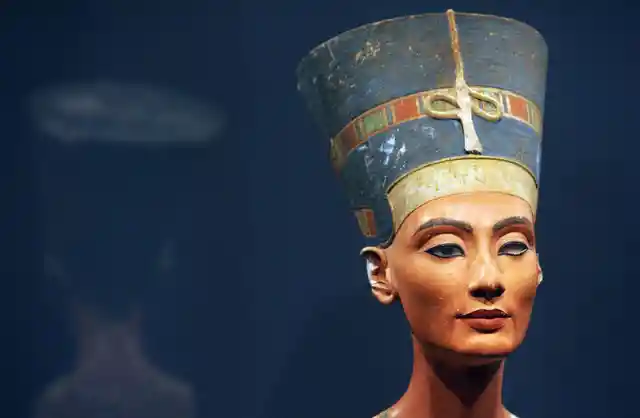
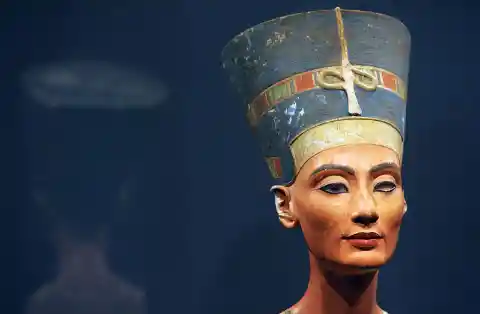
Have you ever wondered how the famous figures in history looked like in real life? Well, with the advancement of technology, we are now able to have a better understanding of how those in the past once were. Most likely, they look nothing like what you imagined. From King Tut to Jesus Christ, we have complied a list of some historical figures that have been brought back to life thanks to modern technology.
King Tutankhamun, commonly known as King Tut, was an Egyptian pharaoh who reigned from 1332 to1323 BC during the New Kingdom era of Egypt. The famed pharaoh ascended to the throne when he was either nine or ten. His reign ended when he died at the age of 18, but his story continues to this day. The tomb of King Tut was discovered in 1922 by British archaeologist Howard Carter, which was nearly intact, receiving worldwide recognition. Inside the tomb was more than just King Tut's body, but all the treasures that he chose to be buried with as well. Bows and body armor suggested that he fought in battle, but the surplus of canes in his tomb and closer analysis of his remains tell a completely different story.
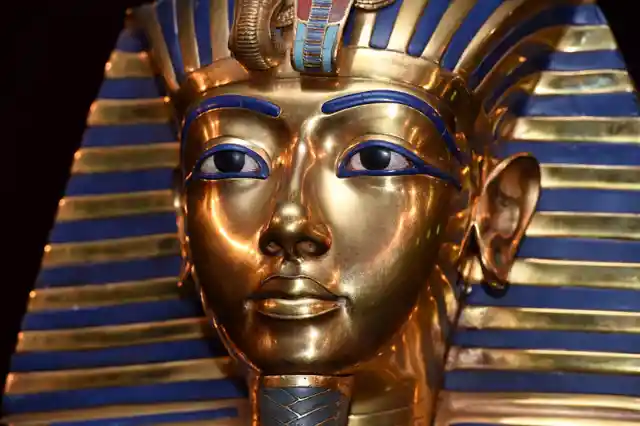
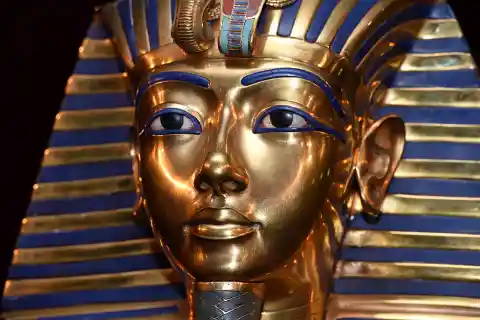
King Tutankhamun, commonly known as King Tut, was an Egyptian pharaoh who reigned from 1332 to1323 BC during the New Kingdom era of Egypt. The famed pharaoh ascended to the throne when he was either nine or ten. His reign ended when he died at the age of 18, but his story continues to this day. The tomb of King Tut was discovered in 1922 by British archaeologist Howard Carter, which was nearly intact, receiving worldwide recognition. Inside the tomb was more than just King Tut's body, but all the treasures that he chose to be buried with as well. Bows and body armor suggested that he fought in battle, but the surplus of canes in his tomb and closer analysis of his remains tell a completely different story.
The death of King Tut has never been truly discovered, and has been the cause of much debate. Many believe that he was assassinated while others believed he died of natural causes. Given his health, dying of natural causes seems more likely. Through years of research over his body, it has been discovered that King Tut suffered from many health problems such as scoliosis, malaria, and a deformity in the left foot which is probably why there was a surplus of canes in his tomb. These deformities are likely from inbreeding as his father and mother were also brother and sister. It could also explain why Tut’s two daughters couldn’t even make it pass infancy. The discovery of King Tut’s tomb has changed archeology and Egypt’s history forever, which is why King Tut’s mask currently remains the proud symbol of the Egyptian Museum.


The death of King Tut has never been truly discovered, and has been the cause of much debate. Many believe that he was assassinated while others believed he died of natural causes. Given his health, dying of natural causes seems more likely. Through years of research over his body, it has been discovered that King Tut suffered from many health problems such as scoliosis, malaria, and a deformity in the left foot which is probably why there was a surplus of canes in his tomb. These deformities are likely from inbreeding as his father and mother were also brother and sister. It could also explain why Tut’s two daughters couldn’t even make it pass infancy. The discovery of King Tut’s tomb has changed archeology and Egypt’s history forever, which is why King Tut’s mask currently remains the proud symbol of the Egyptian Museum.
At 17-years-old, Nero became the last Roman Emperor of the Julio-Claudian dynasty. Though he was known as taking part in many public activities – such as acting, poetry, and even was a charioteer – Nero was disliked by many middle- and upper-class people. Even his family didn’t care much for him, which was why he had his mother executed after reigning for five years. With his reign now long over, modern technology now gives us a better idea of what the former Emperor looked like.
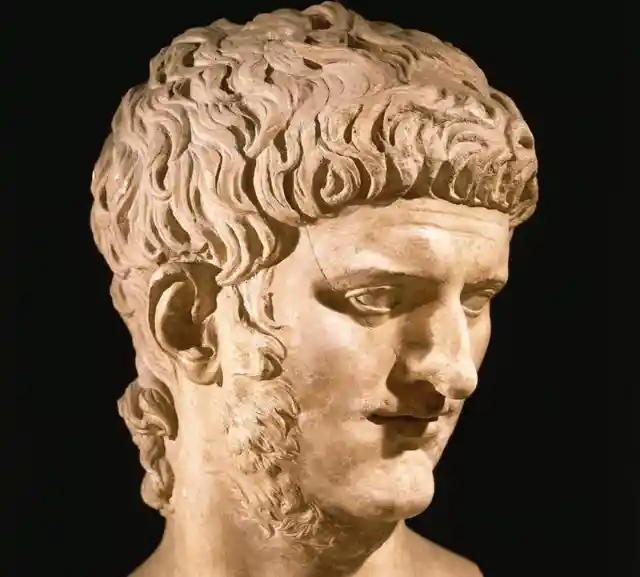
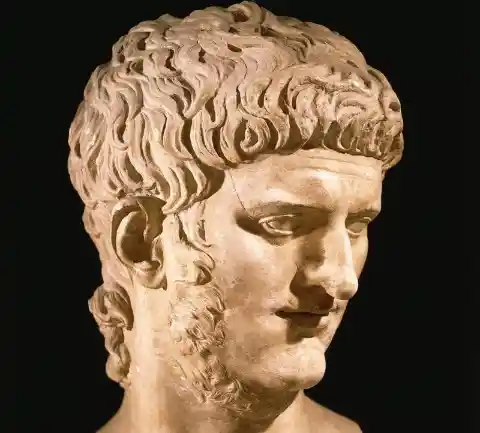
At 17-years-old, Nero became the last Roman Emperor of the Julio-Claudian dynasty. Though he was known as taking part in many public activities – such as acting, poetry, and even was a charioteer – Nero was disliked by many middle- and upper-class people. Even his family didn’t care much for him, which was why he had his mother executed after reigning for five years. With his reign now long over, modern technology now gives us a better idea of what the former Emperor looked like.
In order to create the face of Nero in 2019, Spanish artists got together and compiled all the busts, descriptions, and drawings of Nero over the centuries. What they ended up creating was an unsettling image of the murderous dictator. Given this image, we can start to understand why many hated the once Emperor of Rome.
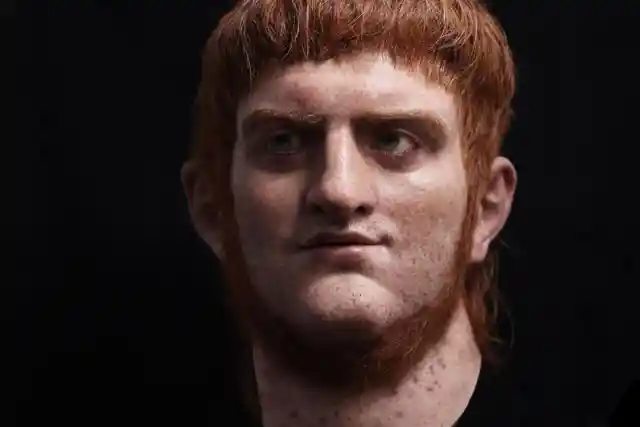
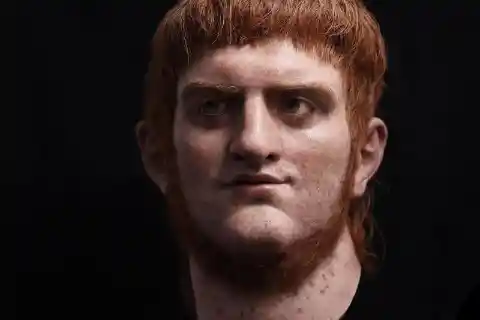
In order to create the face of Nero in 2019, Spanish artists got together and compiled all the busts, descriptions, and drawings of Nero over the centuries. What they ended up creating was an unsettling image of the murderous dictator. Given this image, we can start to understand why many hated the once Emperor of Rome.
Nefertiti was once Egypt’s Queen, the Great Royal Wife of Akhenaten. During the couple’s reign, they began a religious revolution in Egypt by worshipping only one god, the sun disc, Aten. This sculpture is a famous representation of the Queen of Egypt. It was discovered in 1912 in the tomb of Thutmose’s, who is believed to have been the one responsible for its creation. With the help of technology, experts now were able to manufacture a likeness of what they believed Nefertiti looked like.
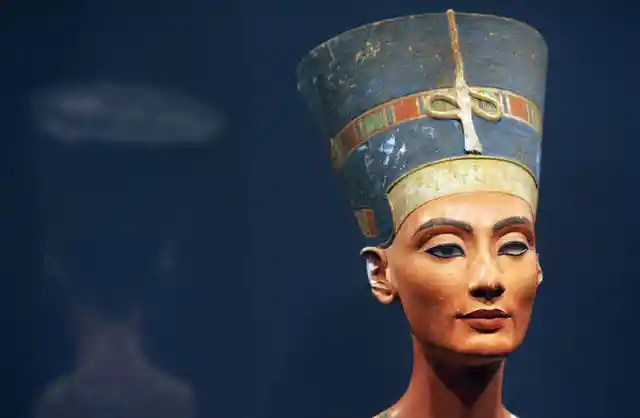
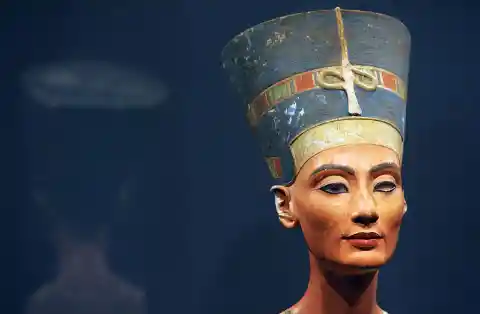
Nefertiti was once Egypt’s Queen, the Great Royal Wife of Akhenaten. During the couple’s reign, they began a religious revolution in Egypt by worshipping only one god, the sun disc, Aten. This sculpture is a famous representation of the Queen of Egypt. It was discovered in 1912 in the tomb of Thutmose’s, who is believed to have been the one responsible for its creation. With the help of technology, experts now were able to manufacture a likeness of what they believed Nefertiti looked like.
Thanks to 3D imaging, we are given this image which was produced after a digital scan of the skull that was discovered. However, many still argue whether or not this skull actually belonged to the real Nefertiti. For now, many refer to the mummy as “The Younger Lady”. Whether she is truly the old Queen of Egypt, is still up for debate.
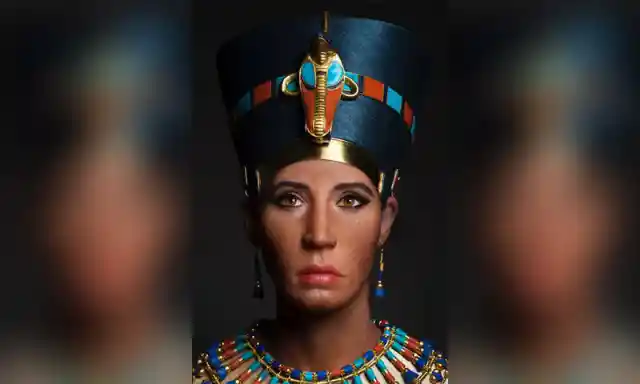
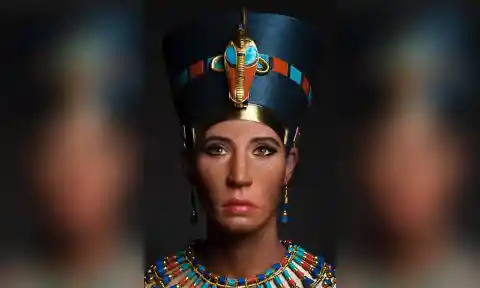
Thanks to 3D imaging, we are given this image which was produced after a digital scan of the skull that was discovered. However, many still argue whether or not this skull actually belonged to the real Nefertiti. For now, many refer to the mummy as “The Younger Lady”. Whether she is truly the old Queen of Egypt, is still up for debate.
Maximilien Robespierre played a vital part in the French Revolution, especially in the Storming of the Tuileries, which afterward helped establish the First French Republic in 1792 before the execution of Louis XVI and Marie Antoinette. Once a French lawyer, he was later elected as deputy to the National Convention. After’s years of wondering, we are now able to see the face of the man who played a major part in changing French history.


Maximilien Robespierre played a vital part in the French Revolution, especially in the Storming of the Tuileries, which afterward helped establish the First French Republic in 1792 before the execution of Louis XVI and Marie Antoinette. Once a French lawyer, he was later elected as deputy to the National Convention. After’s years of wondering, we are now able to see the face of the man who played a major part in changing French history.
This is likely the face of the French Revolutions main advocate. Though he was depicted in paintings as being more regal and gallant, this reconstruction, created by forensic pathologist Philippe Charlier and facial reconstruction specialist Philippe Froesch, is closer to reality. The two teamed up and used the death mask, made by Madame Tussaud, which held the decapitated head of Robespierre after being executed by the Committee of Public Safety on July 28, 1794. Years of fighting for radical change did not take kindly to the French mutineer.
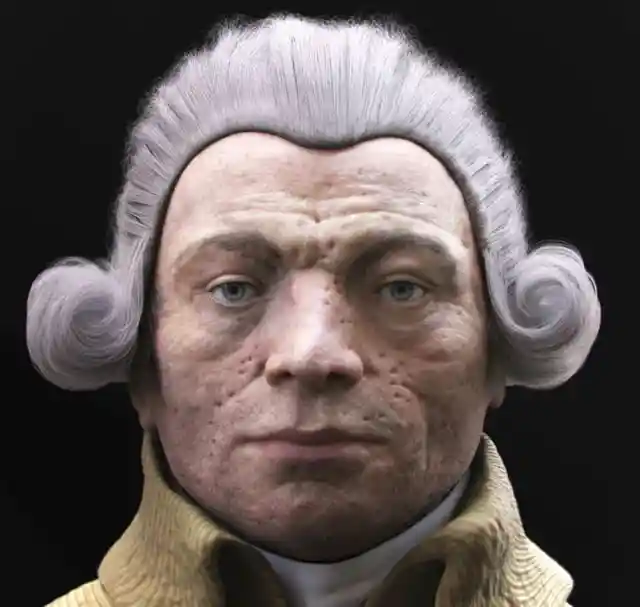
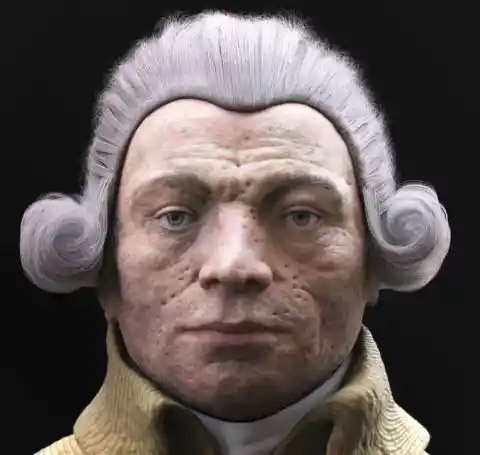
This is likely the face of the French Revolutions main advocate. Though he was depicted in paintings as being more regal and gallant, this reconstruction, created by forensic pathologist Philippe Charlier and facial reconstruction specialist Philippe Froesch, is closer to reality. The two teamed up and used the death mask, made by Madame Tussaud, which held the decapitated head of Robespierre after being executed by the Committee of Public Safety on July 28, 1794. Years of fighting for radical change did not take kindly to the French mutineer.
Robert I, famously known as Robert the Bruce, is best remembered as being the one who waged a guerilla war against England in attempts to secure the independence of Scotland. After Edward II refused to give up Scotland, the Scots got together and wrote a letter to Pope John XXII claiming that Robert I was the rightful monarch of Scotland. In 1324, The Pope finally recognized Robert the Bruce as the King of Scotland and he reigned from 1306 to 1329. There are no accurate artworks depicting him, but that didn’t stop researchers at the University of Glasgow to discover what he truly looked like.
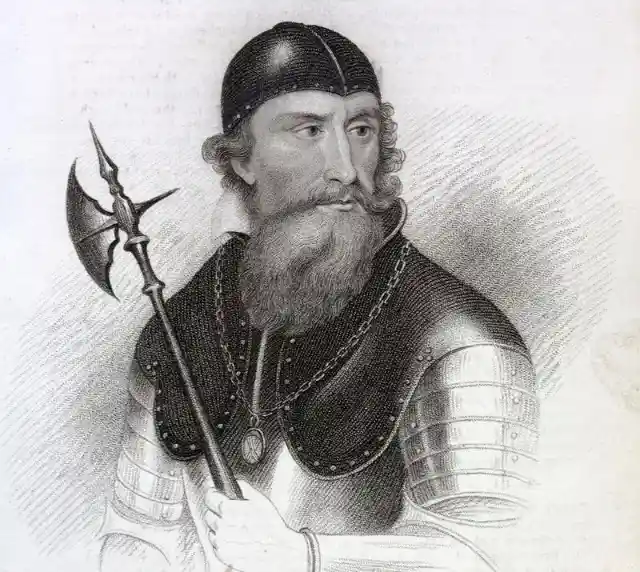
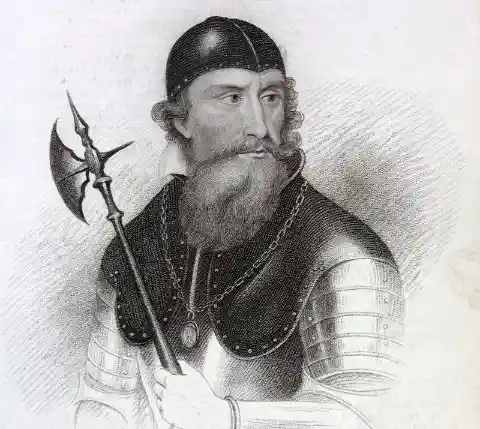
Robert I, famously known as Robert the Bruce, is best remembered as being the one who waged a guerilla war against England in attempts to secure the independence of Scotland. After Edward II refused to give up Scotland, the Scots got together and wrote a letter to Pope John XXII claiming that Robert I was the rightful monarch of Scotland. In 1324, The Pope finally recognized Robert the Bruce as the King of Scotland and he reigned from 1306 to 1329. There are no accurate artworks depicting him, but that didn’t stop researchers at the University of Glasgow to discover what he truly looked like.
Back in the day, people used word of mouth and their imaginations to create a statues and portraits of Robert the Bruce. Today, using Face Lab technology, researchers have determined the Scottish king’s looks by using a skull believed to have been Robert the Bruce’s. Though he fought hard to win the indepdance of Scotland, he only reigned for five years after being recognized by the Pope. Back in the day, people used word of mouth and their imaginations to create a statues and portraits of Robert the Bruce.

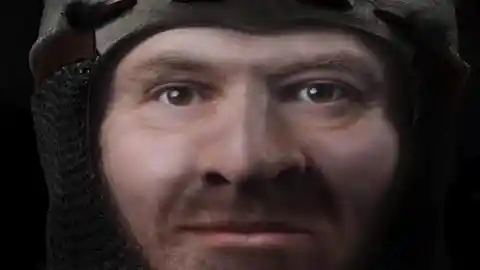
Today, using Face Lab technology, researchers have determined the Scottish king’s looks by using a skull believed to have been Robert the Bruce’s. Though he fought hard to win the indepdance of Scotland, he only reigned for five years after being recognized by the Pope.
Julius Caesar was a Roman general who is largely responsible for expanding the Roman Empire into its glory. Caesar was a military genius who incited civil wars and was the first Roman general to invade Britain. Since his reign, Caesar has been famously depicted on busts such as this. Finally, through modern technology, researchers are able to render a depiction of what he most likely looked like.
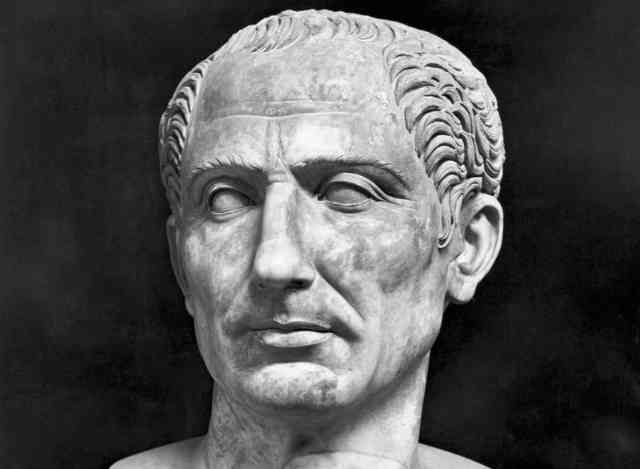
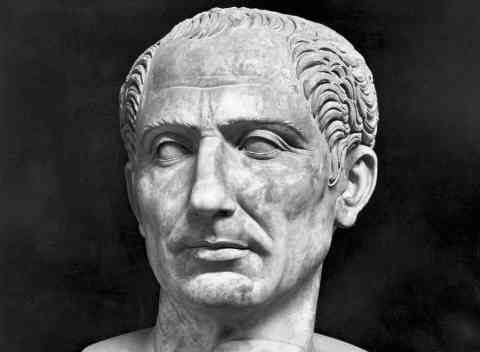
Julius Caesar was a Roman general who is largely responsible for expanding the Roman Empire into its glory. Caesar was a military genius who incited civil wars and was the first Roman general to invade Britain. Since his reign, Caesar has been famously depicted on busts such as this. Finally, through modern technology, researchers are able to render a depiction of what he most likely looked like.
Not as regal as the bust, huh? Though not the best looking of the bunch, Caesar eventually rose to become a powerful dictator. Due to his radical changes in the Empire, such as granting citizenship to those who lived on the outskirts of the Empire, he was eventually assassinated by the Senate in 44 B.C. Today, we are able to see a 3D reconstruction of the famed general at The National Museum of Antiquities in Leiden. Based off of the sculptors of his likeness, this is perhaps the closest we will be to seeing what Caesar truly looked like.
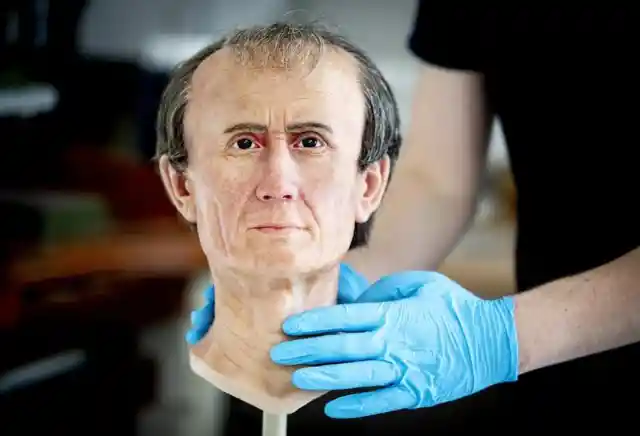
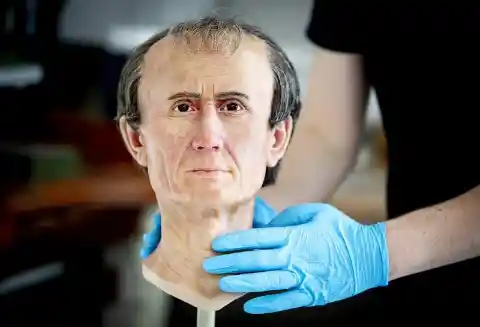
Not as regal as the bust, huh? Though not the best looking of the bunch, Caesar eventually rose to become a powerful dictator. Due to his radical changes in the Empire, such as granting citizenship to those who lived on the outskirts of the Empire, he was eventually assassinated by the Senate in 44 B.C. Today, we are able to see a 3D reconstruction of the famed general at The National Museum of Antiquities in Leiden. Based off of the sculptors of his likeness, this is perhaps the closest we will be to seeing what Caesar truly looked like.
Cleopatra was regarded as a true beauty that had the powers of seduction, making her form a number of powerful alliances as well as many romantic relationship. The famous instance where this occurs is in her relationship with Julius Caesar, who helped her regain Egypt after her brother’s advisors banished her from the land. After she achieved her position as Queen, she gave birth to her son, Ptolemy Caesar, whom many believe to be the child of Julius Caesar. After the death of both her brother and Julius, Cleopatra ruled Egypt alongside her son.
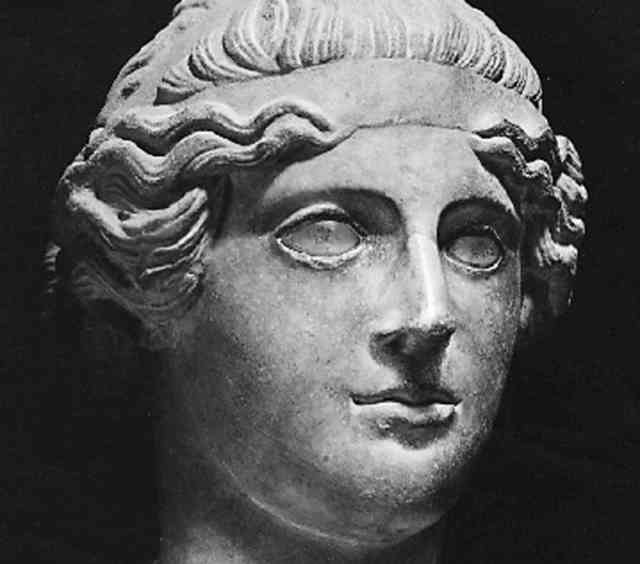
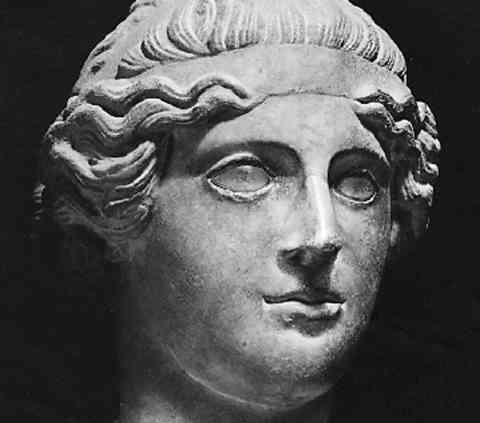
Cleopatra was regarded as a true beauty that had the powers of seduction, making her form a number of powerful alliances as well as many romantic relationship. The famous instance where this occurs is in her relationship with Julius Caesar, who helped her regain Egypt after her brother’s advisors banished her from the land. After she achieved her position as Queen, she gave birth to her son, Ptolemy Caesar, whom many believe to be the child of Julius Caesar. After the death of both her brother and Julius, Cleopatra ruled Egypt alongside her son.
With a powerful reputation and considered to be one the greatest beauties of all time, it comes as no surprise that researchers wanted to discover how Cleopatra actually looked like. After years of wondering, 3D artists were finally able to create a great likeness of the powerful ruler, complete with a prominent nose and defined features.
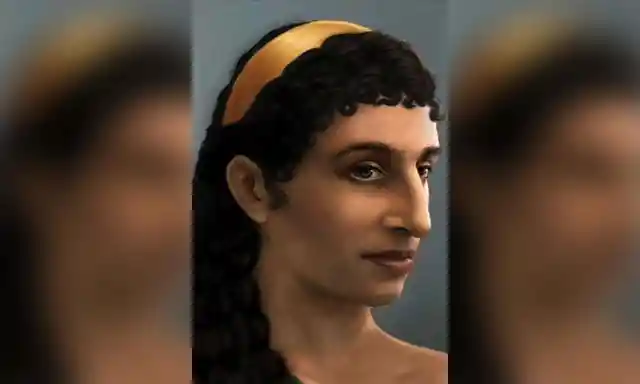

With a powerful reputation and considered to be one the greatest beauties of all time, it comes as no surprise that researchers wanted to discover how Cleopatra actually looked like. After years of wondering, 3D artists were finally able to create a great likeness of the powerful ruler, complete with a prominent nose and defined features.
Queen Elizabeth I was the daughter of Anne Boleyn and King Henry VII. Due to the fact that her father had her mother executed, basically aning their marriage, Elizabeth was, at first, considered an illegitimate child, having no right to the throne. However, things changed over the years, and, with the help of trusted advisors, Elizabeth eventually took control over the throne of England in 1558. There have been numerous paintings of Queen Elizabeth I since then, but, in 2018, someone depicted her in a way that has never been attempted before.
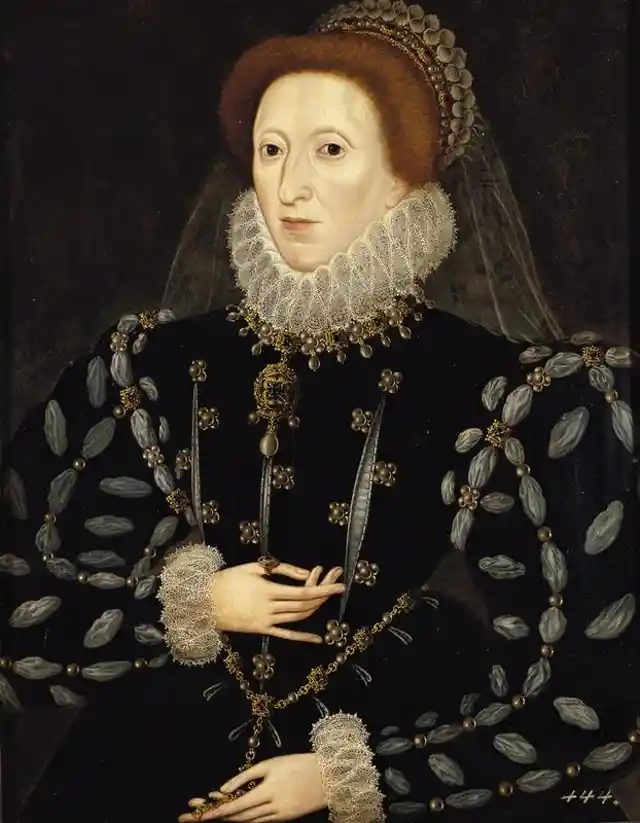
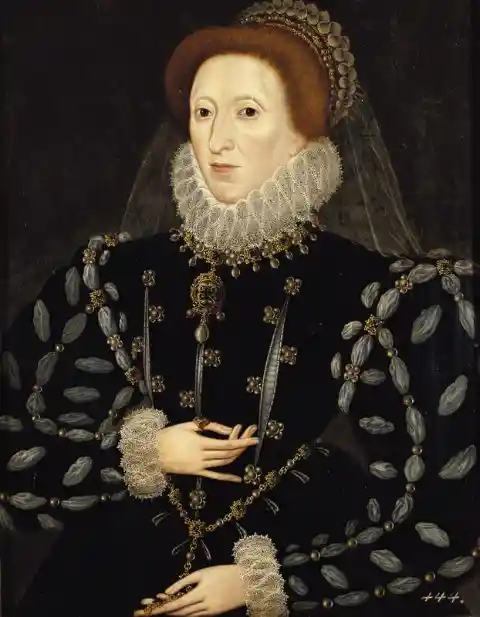
Queen Elizabeth I was the daughter of Anne Boleyn and King Henry VII. Due to the fact that her father had her mother executed, basically aning their marriage, Elizabeth was, at first, considered an illegitimate child, having no right to the throne. However, things changed over the years, and, with the help of trusted advisors, Elizabeth eventually took control over the throne of England in 1558. There have been numerous paintings of Queen Elizabeth I since then, but, in 2018, someone depicted her in a way that has never been attempted before.
Mixed media artist Mat Collishaw created an animatronic mask of her Royal Highness. To this day, the mask hangs on a mirror and sits across the Armada Portrait on display at the Queen’s House. The portrait depicts a youthful queen but Queen Elizabeth I was 55 when the portrait was created, making Collishaw’s creation much more realistic.
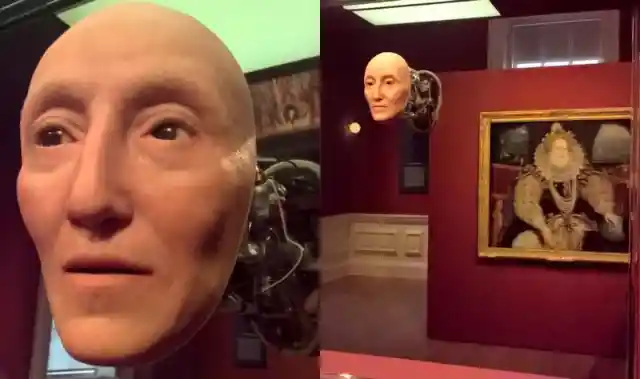
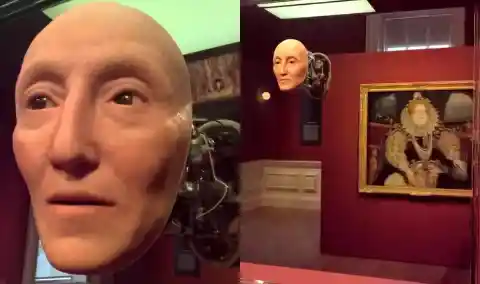
Mixed media artist Mat Collishaw created an animatronic mask of her Royal Highness. To this day, the mask hangs on a mirror and sits across the Armada Portrait on display at the Queen’s House. The portrait depicts a youthful queen but Queen Elizabeth I was 55 when the portrait was created, making Collishaw’s creation much more realistic.
Father of Modern English, William Shakespeare is best known for his great contribution to the literary art, creating masterpieces such as Romeo and Juliet. The famed playwright has been very controversial, especially when considering what he once looked like. Many have differing opinions, but most agree that this engraving by Martin Droeshout is the most accurate. However, in 1775, Professor Hildegard Hammerschmidt-Hummel discovered Shakespeare’s death mask, giving the world an opportunity to see what the master of literary arts truly looked like back in the day.


Father of Modern English, William Shakespeare is best known for his great contribution to the literary art, creating masterpieces such as Romeo and Juliet. The famed playwright has been very controversial, especially when considering what he once looked like. Many have differing opinions, but most agree that this engraving by Martin Droeshout is the most accurate. However, in 1775, Professor Hildegard Hammerschmidt-Hummel discovered Shakespeare’s death mask, giving the world an opportunity to see what the master of literary arts truly looked like back in the day.
This rendering of Shakespeare was created by Dr. Caroline Wilkinson of Dundee University in 2012, which she constructed using the death mask that is believed to belong to the playwright. This solemn face is considered accurate to many when compared to earlier depictions of Shakespeare. However, we still aren’t able to see his full head, but we are able to have a better understanding of what the man who changed English looked like.
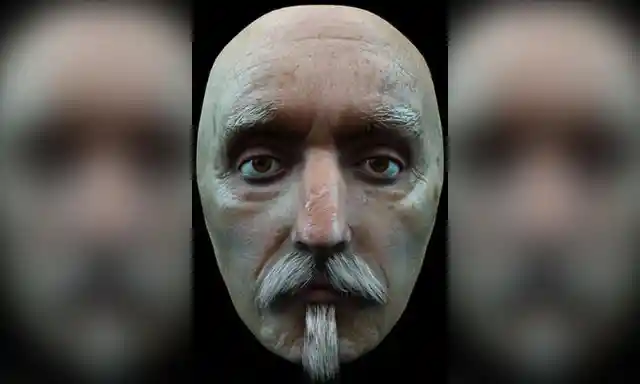
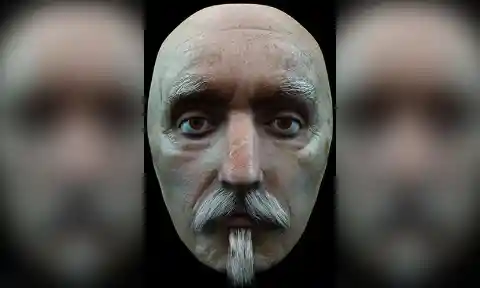
This rendering of Shakespeare was created by Dr. Caroline Wilkinson of Dundee University in 2012, which she constructed using the death mask that is believed to belong to the playwright. This solemn face is considered accurate to many when compared to earlier depictions of Shakespeare. However, we still aren’t able to see his full head, but we are able to have a better understanding of what the man who changed English looked like.
George Washington is known as one of the Founding Fathers, but, most importantly, as the first President of the United States of America. Since his presidency, his face has been plastered all across the country to commemorate his legacy. Whether it’s the dollar bill or in government buildings – Washington’s face is something that we have grown up knowing. However, researches only recently discovered what Americas Commander in Chief actually looked like.


George Washington is known as one of the Founding Fathers, but, most importantly, as the first President of the United States of America. Since his presidency, his face has been plastered all across the country to commemorate his legacy. Whether it’s the dollar bill or in government buildings – Washington’s face is something that we have grown up knowing. However, researches only recently discovered what Americas Commander in Chief actually looked like.
When comparing portraits of Washington, researchers revealed that the renderings were close to accurate. The only thing that was missing, apparently, was the five o’ clock shadow and the full head of hair, which was typically powdered white. After committing the majority of his life to laying the foundation of the country that we know today, Washington eventually retired to Mount Vernon where he stuck mainly to working on the plantations. He later passed in 1799 at the age of 67.
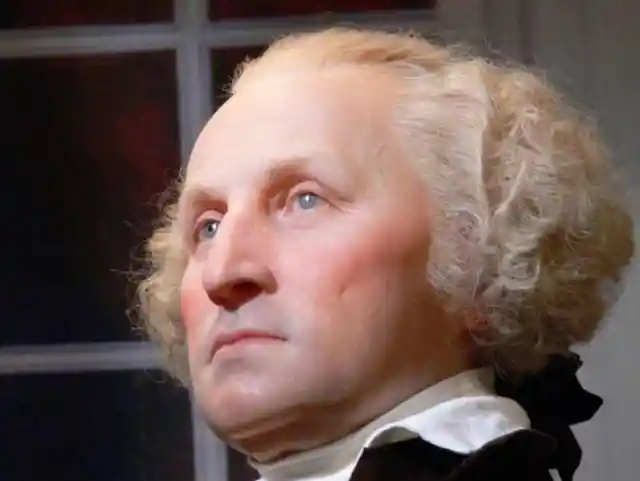
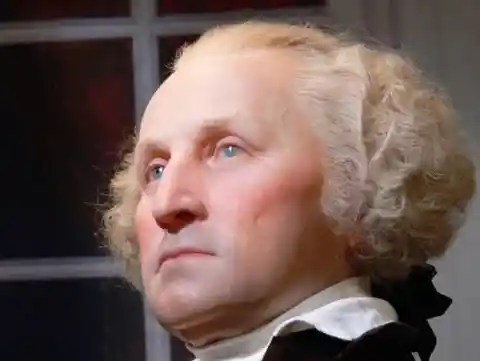
When comparing portraits of Washington, researchers revealed that the renderings were close to accurate. The only thing that was missing, apparently, was the five o’ clock shadow and the full head of hair, which was typically powdered white. After committing the majority of his life to laying the foundation of the country that we know today, Washington eventually retired to Mount Vernon where he stuck mainly to working on the plantations. He later passed in 1799 at the age of 67.
Mary Stuart became the Queen of Scotland six days after her birth, due to her father’s death shortly after she was born. Her mother quickly sent her to France where she could grow up in the safety within the French court. She eventually returned to Scotland in 1559. She spent her reign trying to gain the throne of England, but she never succeeded, ending in her beheading ordered by Queen Elizabeth I.
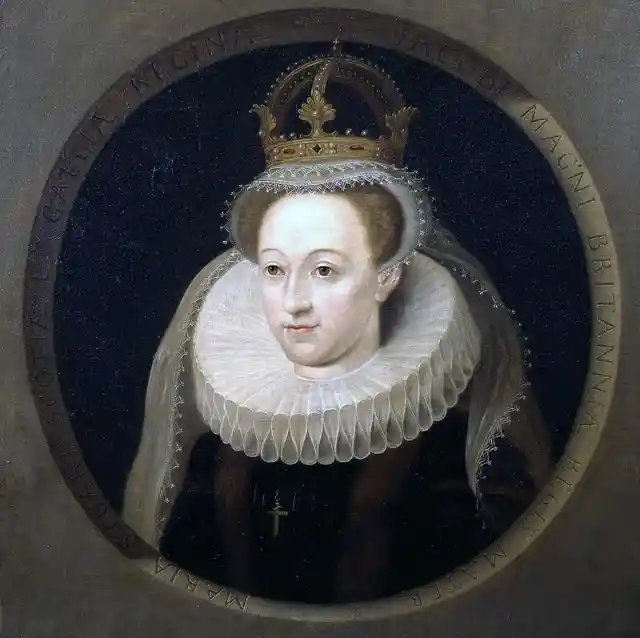

Mary Stuart became the Queen of Scotland six days after her birth, due to her father’s death shortly after she was born. Her mother quickly sent her to France where she could grow up in the safety within the French court. She eventually returned to Scotland in 1559. She spent her reign trying to gain the throne of England, but she never succeeded, ending in her beheading ordered by Queen Elizabeth I.
All the credit goes to Caroline Wilkinson of Dundee University for the creation of this 3D likeness of the Queen of Scots. Wilkinson drew inspiration from the paintings and drawings of the queen to construct the face shown here. The one thing that remains consistent between this rendering and the old paintings is her nose.
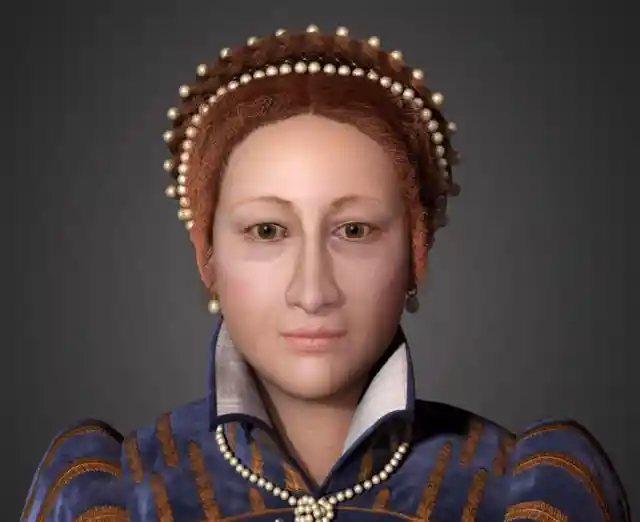
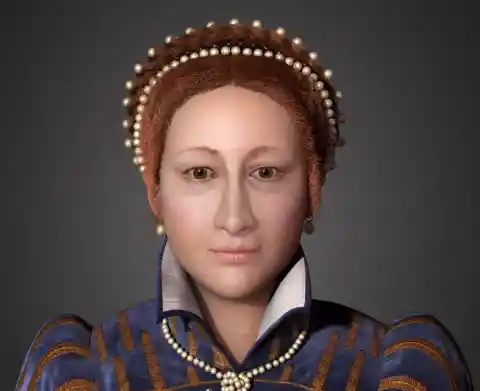
All the credit goes to Caroline Wilkinson of Dundee University for the creation of this 3D likeness of the Queen of Scots. Wilkinson drew inspiration from the paintings and drawings of the queen to construct the face shown here. The one thing that remains consistent between this rendering and the old paintings is her nose.
Richard III ascended to the throne of England in 1483 and reigned for only two years. Though his reign was short, the legacy that he left behind was one of tyranny. He was even depicted as a ruthless leader in Shakespeare’s plays that involved him. Thankfully, for the citizens of England, Richard III lost the throne to the Tudors during the battle of Bosworth Field in 1485.


Richard III ascended to the throne of England in 1483 and reigned for only two years. Though his reign was short, the legacy that he left behind was one of tyranny. He was even depicted as a ruthless leader in Shakespeare’s plays that involved him. Thankfully, for the citizens of England, Richard III lost the throne to the Tudors during the battle of Bosworth Field in 1485.
After his death, Richard III body disappeared, making it impossible for anyone to recreate his likeness. That all changed when a research team discovered his body in an underground parking lot. His body was exhumed and in 2012, the researchers were able to create this image of the tyrant king.
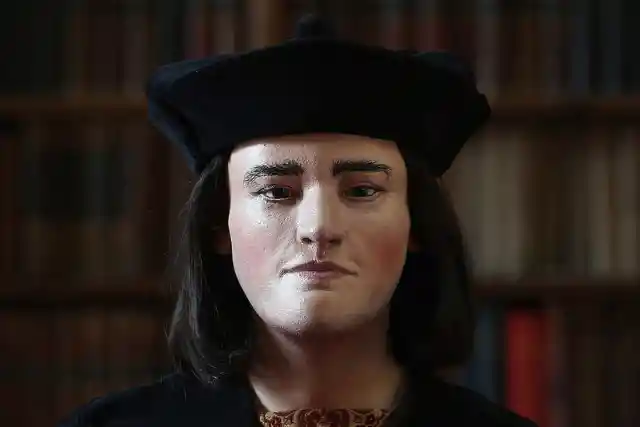
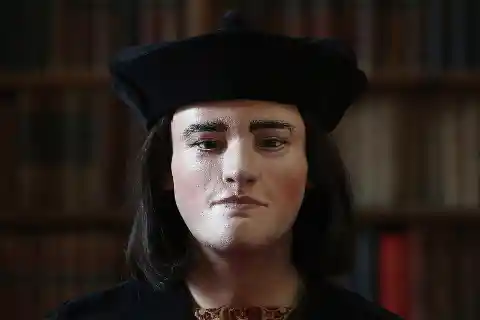
After his death, Richard III body disappeared, making it impossible for anyone to recreate his likeness. That all changed when a research team discovered his body in an underground parking lot. His body was exhumed and in 2012, the researchers were able to create this image of the tyrant king.
Ever heard of Meritamun? Well, if you haven’t, it could be because researchers have only recently discovered her skull in the University of Melbourne archives. Since her discovery, more information about this Egyptian queen has come to the surface. For example, she was the Great Royal Wife of Pharaoh Ramesses the Great and her place of burial was the Valley of the Kings, Egypt, Valley of the Queens, Egypt. Since she has been recently discovered, it makes it even more difficult for researchers to try to depict what she actually looked like.
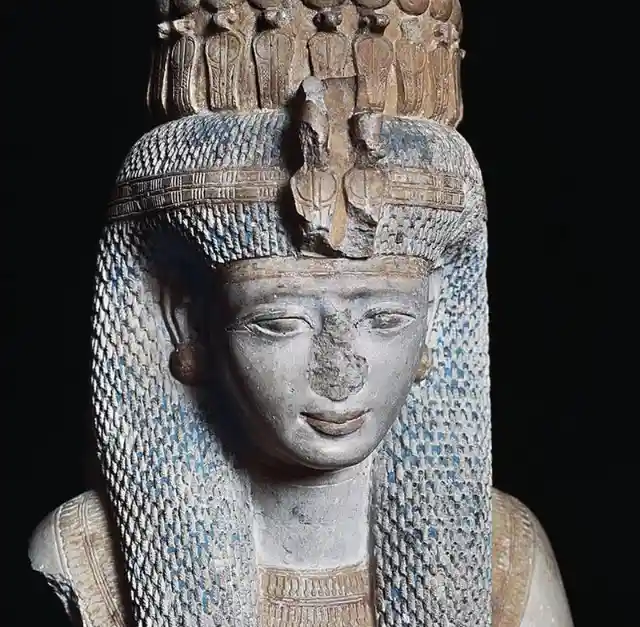
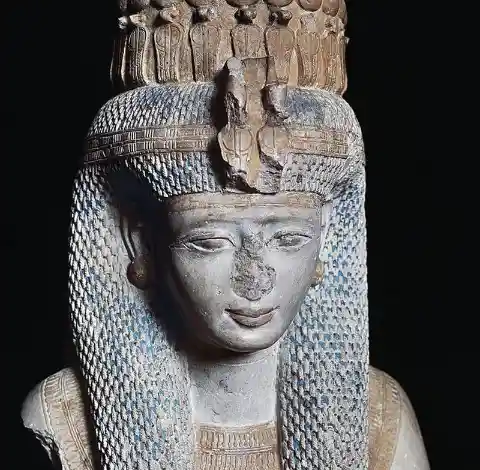
Ever heard of Meritamun? Well, if you haven’t, it could be because researchers have only recently discovered her skull in the University of Melbourne archives. Since her discovery, more information about this Egyptian queen has come to the surface. For example, she was the Great Royal Wife of Pharaoh Ramesses the Great and her place of burial was the Valley of the Kings, Egypt, Valley of the Queens, Egypt. Since she has been recently discovered, it makes it even more difficult for researchers to try to depict what she actually looked like.
Though all researchers had was her skull, they still managed to gather a lot of information about the former Queen of Egypt. For instance, they estimate her age to be about 18-25 and they theorize that she probably had a sweet tooth due to the fact that she had major tooth decay. With all this information, one thing that is still unknown is the cause of her death.
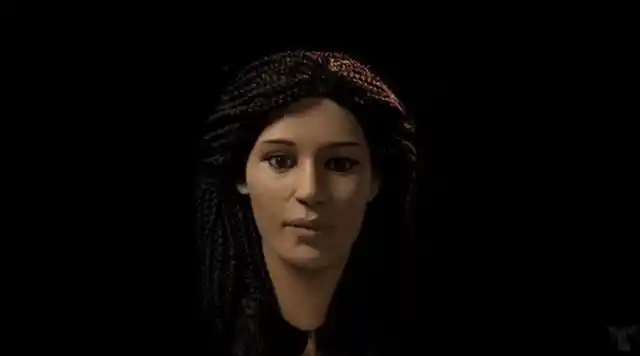
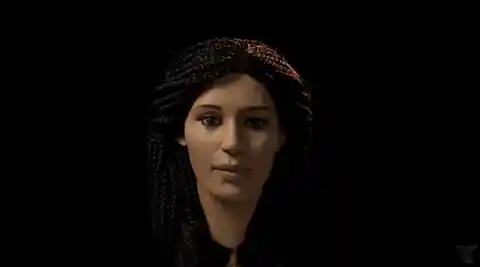
Though all researchers had was her skull, they still managed to gather a lot of information about the former Queen of Egypt. For instance, they estimate her age to be about 18-25 and they theorize that she probably had a sweet tooth due to the fact that she had major tooth decay. With all this information, one thing that is still unknown is the cause of her death.
It’s hard to go through life without not hearing about Jesus Christ at least once. He was the man who walked on water, fed the 5,000, was crucified on the cross for our sins, was buried and rose again on the third day. There are a few depictions of what people believed Jesus looked like, but ultimately, they were constructed out of the imagination and actually looked little to nothing to what Jesus probably looked like in reality.


It’s hard to go through life without not hearing about Jesus Christ at least once. He was the man who walked on water, fed the 5,000, was crucified on the cross for our sins, was buried and rose again on the third day. There are a few depictions of what people believed Jesus looked like, but ultimately, they were constructed out of the imagination and actually looked little to nothing to what Jesus probably looked like in reality.
As stated before, there are only a few renditions of Jesus Christ. Even the Bible gives very little explanation as to what the Savior actually looked like. With no skeleton to dig up, this left researchers to retreat to forensic anthropology for some answers. This image was created by a team of British scientist and Israeli archeologists. Could this really be what the Son of Man truly looked like?
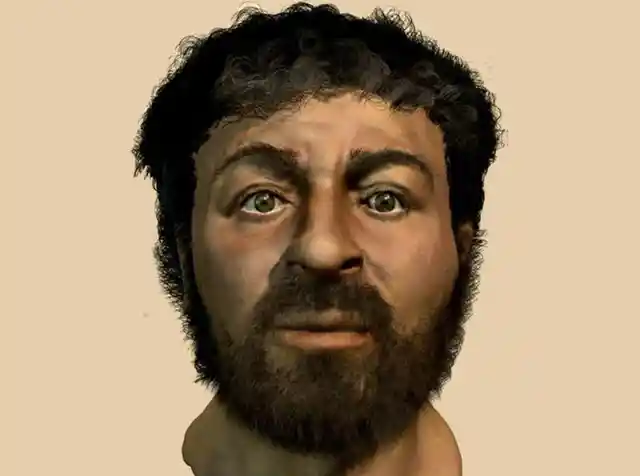
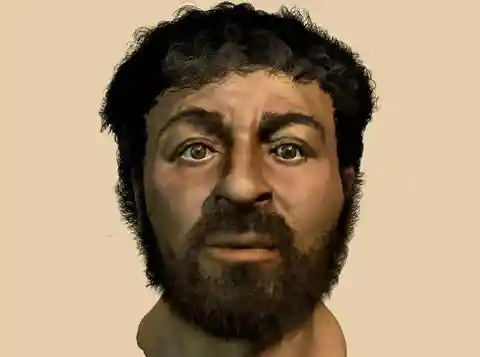
As stated before, there are only a few renditions of Jesus Christ. Even the Bible gives very little explanation as to what the Savior actually looked like. With no skeleton to dig up, this left researchers to retreat to forensic anthropology for some answers. This image was created by a team of British scientist and Israeli archeologists. Could this really be what the Son of Man truly looked like?
The Lord of Sipan was the first in the line of discoveries that have now been labeled as the Moche mummies. The sire of the mummies was found in Peru and were discovered by archaeologist Walter Alva in 1987. Some believe this to be the most important archaeological discovery in South America in the last 30 years, especially since the main tomb was completely intact and untouched by thieves. Even then, the team had a lot of work ahead of them if they wanted to know what the Lord of Sipan once looked like.
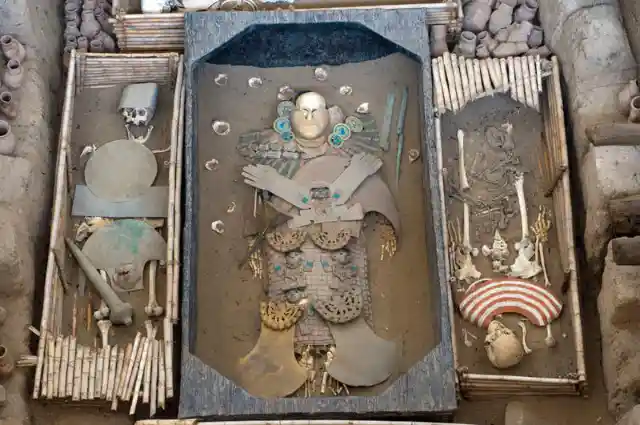
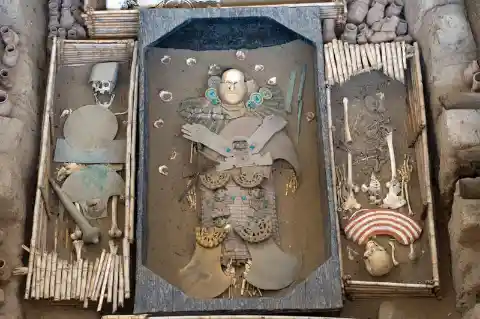
The Lord of Sipan was the first in the line of discoveries that have now been labeled as the Moche mummies. The sire of the mummies was found in Peru and were discovered by archaeologist Walter Alva in 1987. Some believe this to be the most important archaeological discovery in South America in the last 30 years, especially since the main tomb was completely intact and untouched by thieves. Even then, the team had a lot of work ahead of them if they wanted to know what the Lord of Sipan once looked like.
The road to discovering what the Lord of Sipan looked like started off less than ideal. During the excavation, the skull was shattered into 96 separate pieces due to pressure. Thankfully, with modern technology practically anything is possible. The Brazilian Team of Forensic Anthropology and Forensic Odontology produced this 3D image of what they believed the Lord of Sipan actually looked like.
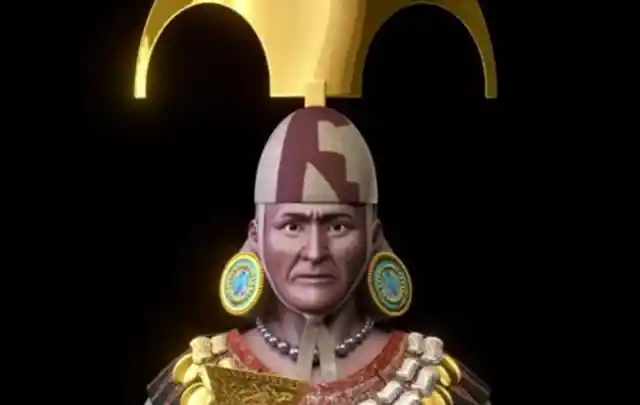

The road to discovering what the Lord of Sipan looked like started off less than ideal. During the excavation, the skull was shattered into 96 separate pieces due to pressure. Thankfully, with modern technology practically anything is possible. The Brazilian Team of Forensic Anthropology and Forensic Odontology produced this 3D image of what they believed the Lord of Sipan actually looked like.
Saint Anthony made quite an impact during his life here on earth, especially since he spent the majority of his time healing the sick. Unfortunately, he had a short life and died at the age of 36. Though he didn’t live long, Saint Anthony certainly left behind a long-lasting legacy. So much so that just a year after his death, he was declared the saint of lost things. To this day, he is thought to be the second-fastest person to be canonized as a saint. Being beloved by many, it would only make sense that there are those who would be interested in seeing what Saint Anthony looked like in real life.
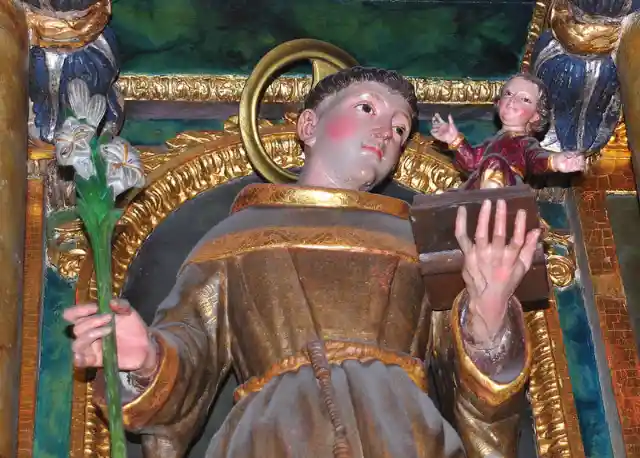
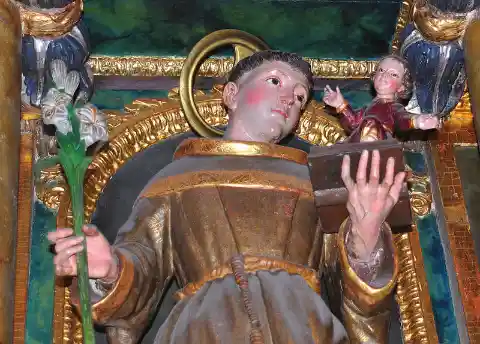
Saint Anthony made quite an impact during his life here on earth, especially since he spent the majority of his time healing the sick. Unfortunately, he had a short life and died at the age of 36. Though he didn’t live long, Saint Anthony certainly left behind a long-lasting legacy. So much so that just a year after his death, he was declared the saint of lost things. To this day, he is thought to be the second-fastest person to be canonized as a saint. Being beloved by many, it would only make sense that there are those who would be interested in seeing what Saint Anthony looked like in real life.
Thirty years after his death, Saint Anthony’s body was exhumed. However, there was still a challenge ahead of researchers since all that they had to go by was his jawbone and tongue. Nevertheless, the St. Anthony of Padua’s Anthropology Museum teamed up with a 3D designer from the University of Sao Paolo to recreate this face of the real Saint Anthony.
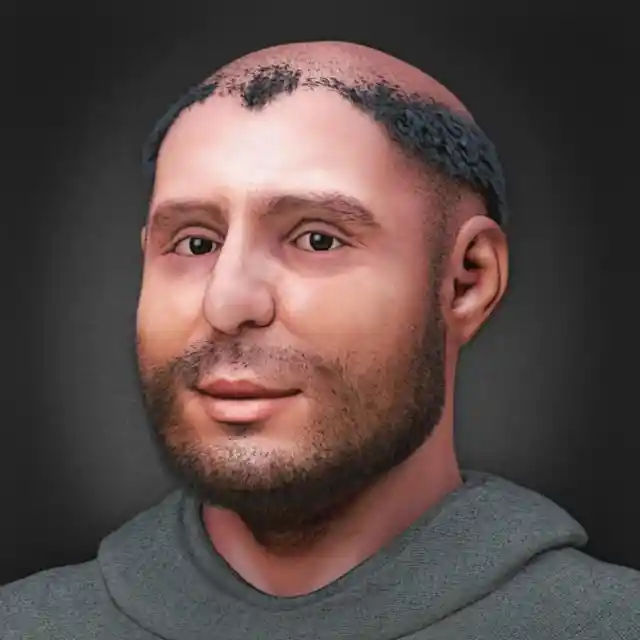
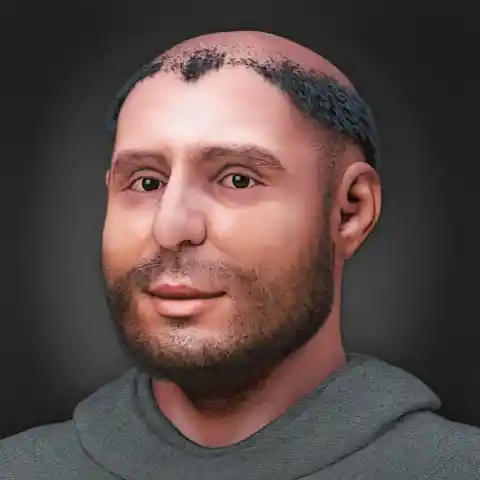
Thirty years after his death, Saint Anthony’s body was exhumed. However, there was still a challenge ahead of researchers since all that they had to go by was his jawbone and tongue. Nevertheless, the St. Anthony of Padua’s Anthropology Museum teamed up with a 3D designer from the University of Sao Paolo to recreate this face of the real Saint Anthony.
King Henry IV, otherwise known as “Good King Henry” or “Henry the Great”, was the first monarch of France from the House of Bourbon, a cadet branch of the Capetian dynasty. He first began his reign as King of Navarre at the age of 19. He was baptized Catholic but raised Protestant, which was why he was targeted on what later became known as the “St. Bartholomew’s Day Massacre.” The king barely escaped with his life. For King Henry IV, that wouldn’t be the last time he avoided death. The king would later survive 12 assassinations attempts. For such a Good King, he certainly had many enemies.
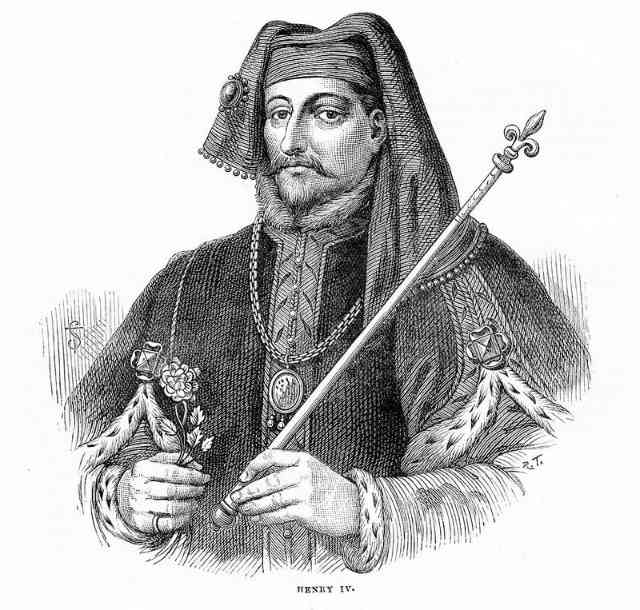
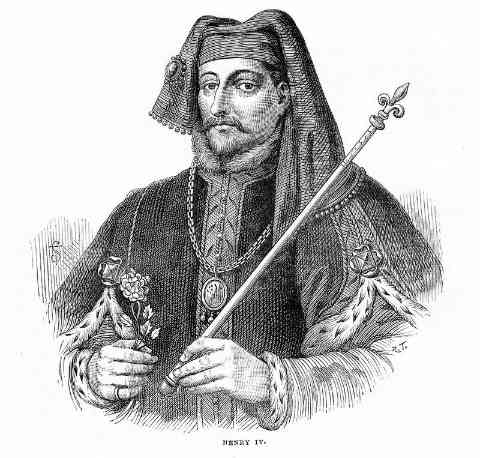
King Henry IV, otherwise known as “Good King Henry” or “Henry the Great”, was the first monarch of France from the House of Bourbon, a cadet branch of the Capetian dynasty. He first began his reign as King of Navarre at the age of 19. He was baptized Catholic but raised Protestant, which was why he was targeted on what later became known as the “St. Bartholomew’s Day Massacre.” The king barely escaped with his life. For King Henry IV, that wouldn’t be the last time he avoided death. The king would later survive 12 assassinations attempts. For such a Good King, he certainly had many enemies.
Unfortunately, the 13th time was the charm. King Henry IV was killed by a Catholic man who drove a dagger into him in 1610, ending his reign permanently. Centuries later, the same researchers that created the image of Robespierre also became the team to construct this image of King Henry IV.
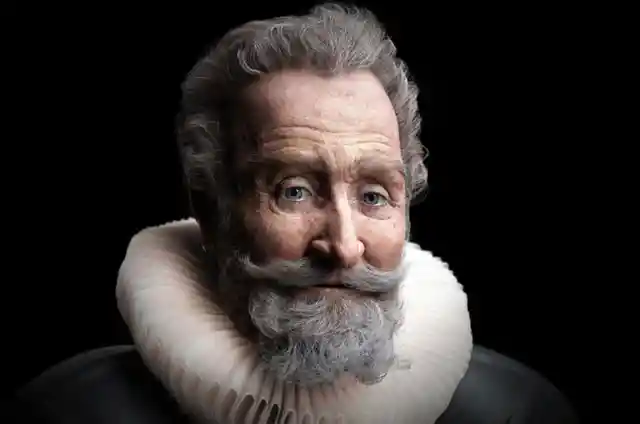
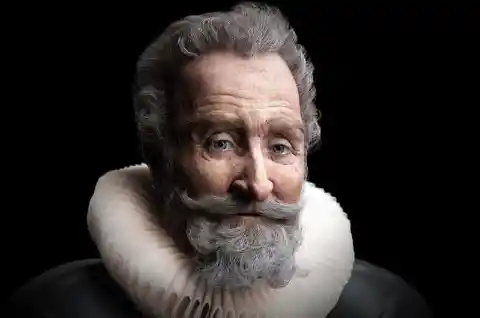
Unfortunately, the 13th time was the charm. King Henry IV was killed by a Catholic man who drove a dagger into him in 1610, ending his reign permanently. Centuries later, the same researchers that created the image of Robespierre also became the team to construct this image of King Henry IV.
Johann Sebastian Bach was born into the golden age of music, where he contributed immensely, making himself known as one of the greatest musicians and composers that were to ever live. Even today, it would take many lifetimes to accomplish what Bach did during his career. Of course, it doesn’t hurt to be a musical prodigy at a very young age.
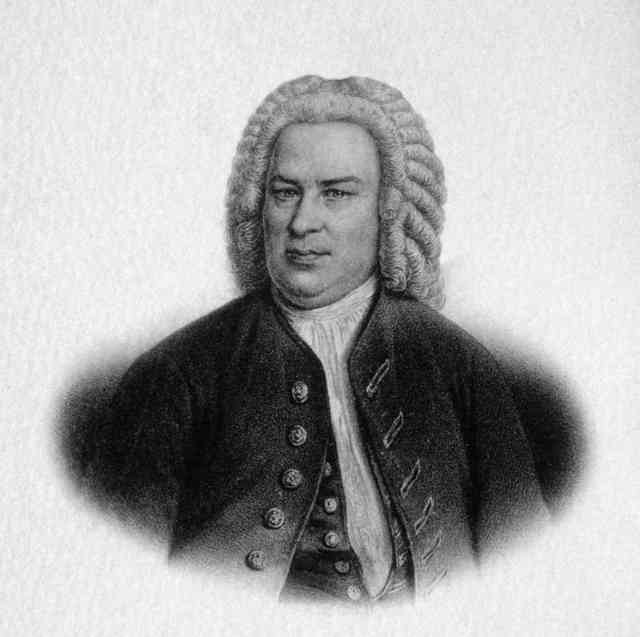
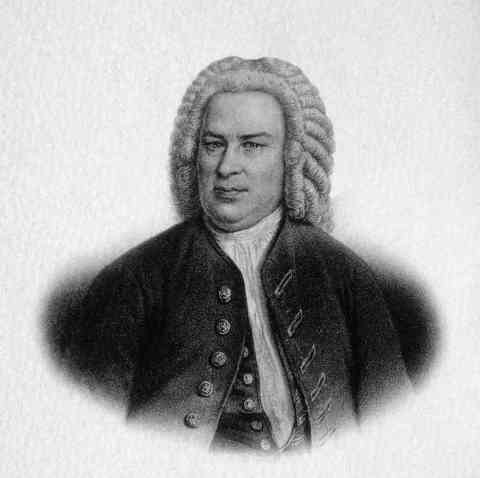
Johann Sebastian Bach was born into the golden age of music, where he contributed immensely, making himself known as one of the greatest musicians and composers that were to ever live. Even today, it would take many lifetimes to accomplish what Bach did during his career. Of course, it doesn’t hurt to be a musical prodigy at a very young age.
After Bach’s death, he was buried in an unmarked grave. 150 years after his death, the church where he was buried at went under renovation, giving researchers the perfect opportunity to seek out his grave. This lead Dr. Caroline Wilkinson from Dundee University to use a cast of a skull which she believed belonged to famous musician, creating the image that you see here.
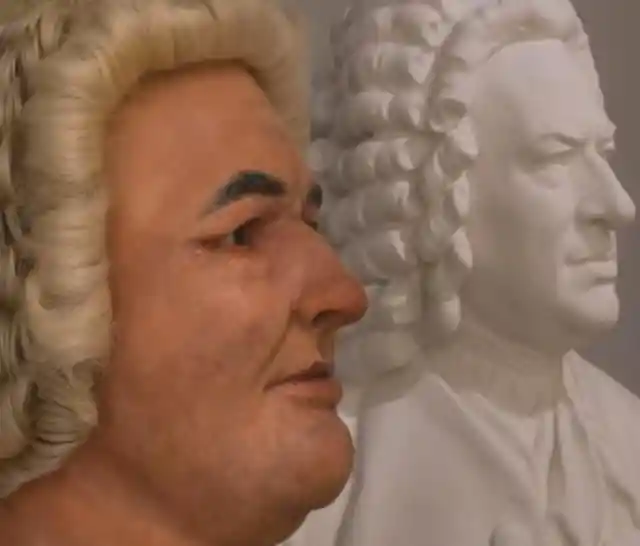
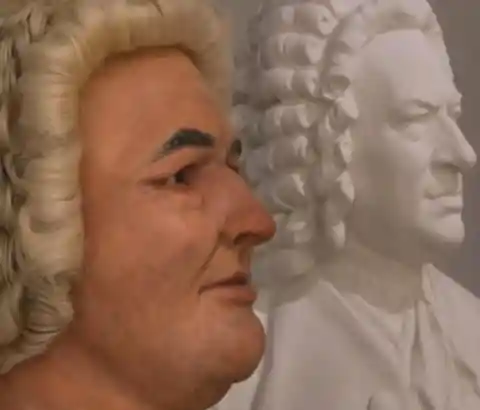
After Bach’s death, he was buried in an unmarked grave. 150 years after his death, the church where he was buried at went under renovation, giving researchers the perfect opportunity to seek out his grave. This lead Dr. Caroline Wilkinson from Dundee University to use a cast of a skull which she believed belonged to famous musician, creating the image that you see here.
Simon Bolivar was a Venezuelan military leader who played a major role in the revolution against the Spanish Empire. Being born into wealth, Bolivar was sent to Spain for his schooling. Little did he know that that is where he would join the resistance movement, giving him the title of “El Libertador” (The Liberator). After participating in war, the battle that ended up taking his life was the one he had with tuberculosis, ending his life in 1830.
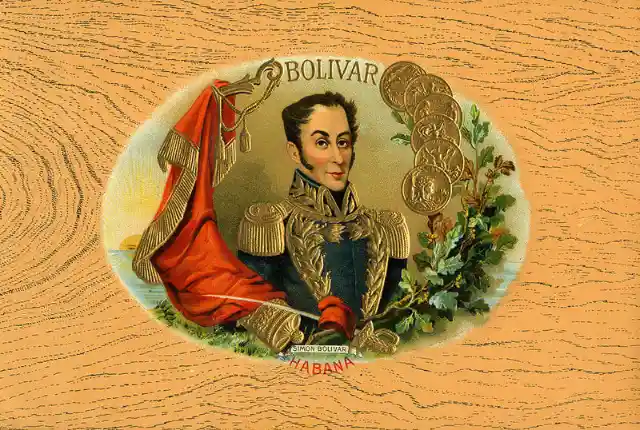
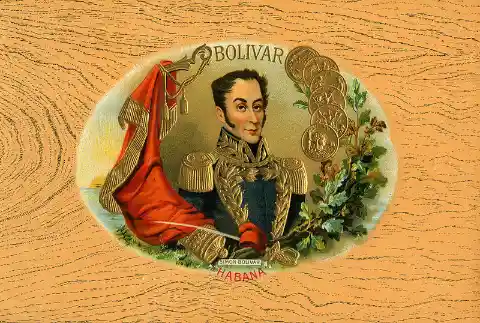
Simon Bolivar was a Venezuelan military leader who played a major role in the revolution against the Spanish Empire. Being born into wealth, Bolivar was sent to Spain for his schooling. Little did he know that that is where he would join the resistance movement, giving him the title of “El Libertador” (The Liberator). After participating in war, the battle that ended up taking his life was the one he had with tuberculosis, ending his life in 1830.
A team of forensic researchers spent an entire year going through historical manuscripts in order to construct his real-life image of Bolivar. Their job was well done, considering that the image looks extremely lifelike, making The Liberator look quite dashing compared to previous paintings of his likeness.
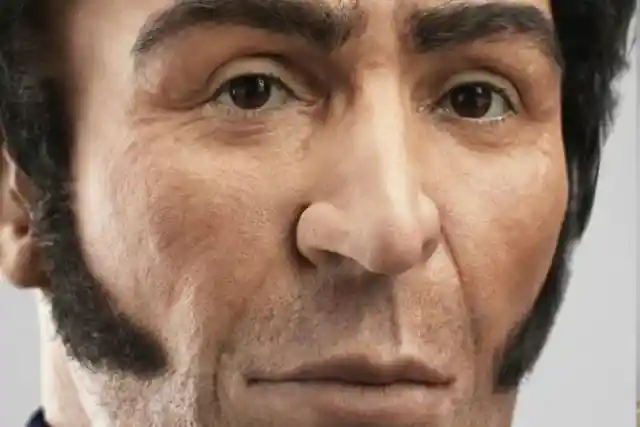
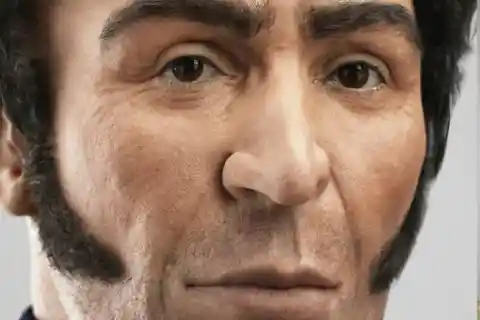
A team of forensic researchers spent an entire year going through historical manuscripts in order to construct his real-life image of Bolivar. Their job was well done, considering that the image looks extremely lifelike, making The Liberator look quite dashing compared to previous paintings of his likeness.
Nicolaus Copernicus was a mathematician and astronomer who formulated the groundbreaking model of the universe that placed the Sun in the center of the universe rather than the Earth. He has literally changed the Earth and the universes as we know it today. Copernicus was born in Poland, but he spent the majority of his lifetime traveling around Europe, sharing his discovery.
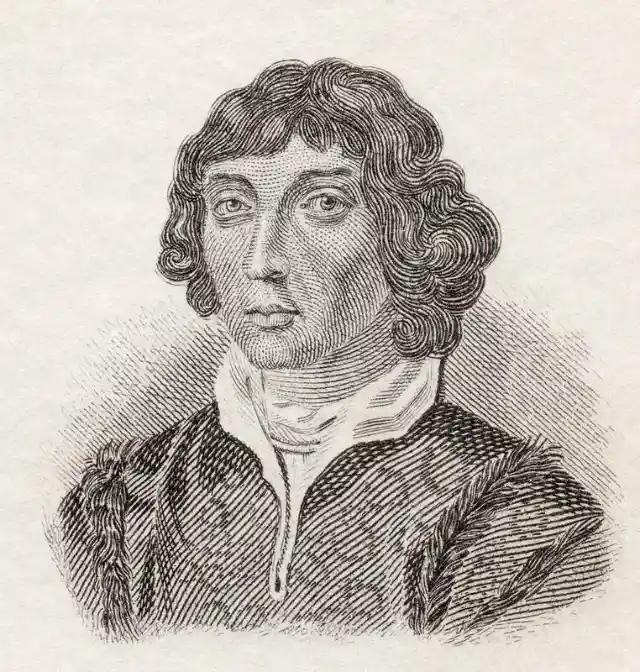
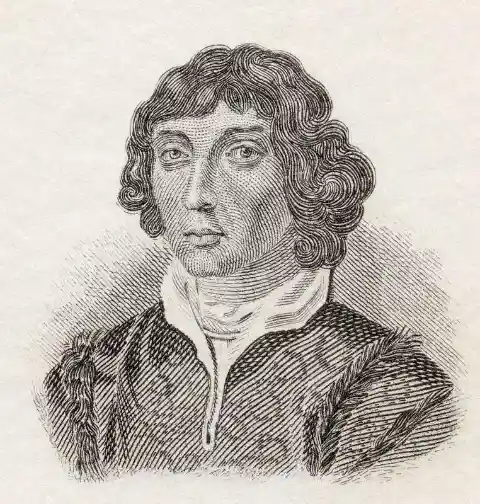
Nicolaus Copernicus was a mathematician and astronomer who formulated the groundbreaking model of the universe that placed the Sun in the center of the universe rather than the Earth. He has literally changed the Earth and the universes as we know it today. Copernicus was born in Poland, but he spent the majority of his lifetime traveling around Europe, sharing his discovery.
Renditions of Copernicus do not do him any favors, and often depict him stern and with a horrendous haircut. Thanks to modern technology, researchers are finally able to give this man some justice with this new image of him. Though he still looks somber, he does look slightly less miserable then he has looked in the past. We suppose discovering the truth about our universe can take a lot out of someone.
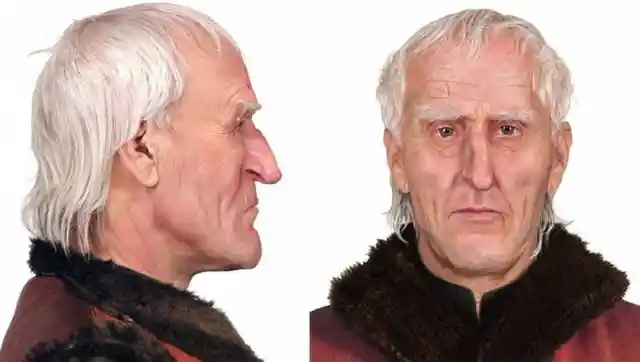
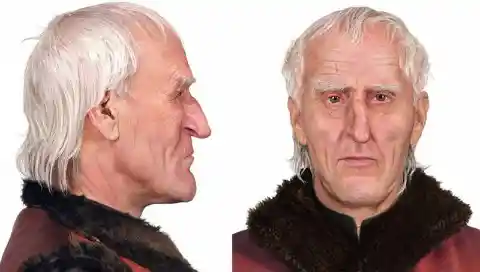
Renditions of Copernicus do not do him any favors, and often depict him stern and with a horrendous haircut. Thanks to modern technology, researchers are finally able to give this man some justice with this new image of him. Though he still looks somber, he does look slightly less miserable then he has looked in the past. We suppose discovering the truth about our universe can take a lot out of someone.
When researchers were excavating in the El Brujo region of Peru in 2005, they unearthed a mummy that they later called the Lady of Cao. After much research, they predicted that this woman had died around the year 400, placing her in the era of the Moche, which were a culture of people that predated the Incas by thousands of years. Given that she was buried with a variety of artifacts, researchers guessed that she was from the aristocracy or a possible human sacrifice.
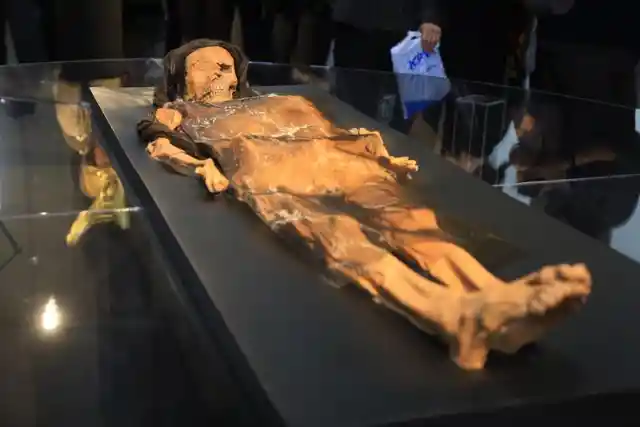
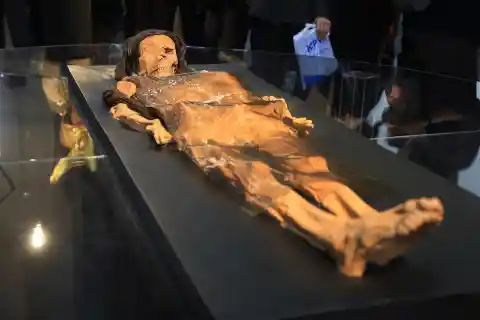
When researchers were excavating in the El Brujo region of Peru in 2005, they unearthed a mummy that they later called the Lady of Cao. After much research, they predicted that this woman had died around the year 400, placing her in the era of the Moche, which were a culture of people that predated the Incas by thousands of years. Given that she was buried with a variety of artifacts, researchers guessed that she was from the aristocracy or a possible human sacrifice.
Though her history is unknown, a team of forensics were still able to bring her back to life. The only thing that they can determine at this point was that she was somewhere in her late twenties when she died. Today, she is kept at a museum in El Brujo in a climate-controlled room where she can only be seen behind glass.
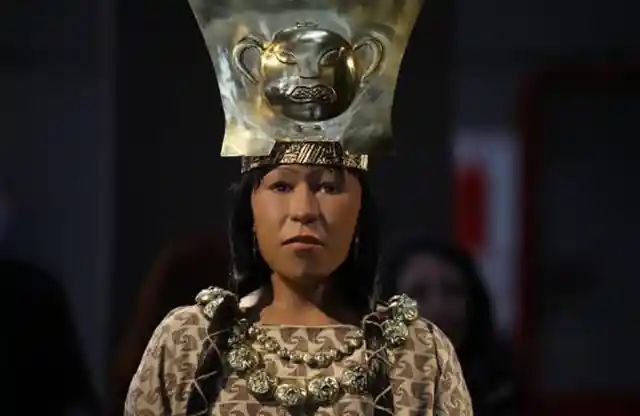

Though her history is unknown, a team of forensics were still able to bring her back to life. The only thing that they can determine at this point was that she was somewhere in her late twenties when she died. Today, she is kept at a museum in El Brujo in a climate-controlled room where she can only be seen behind glass.
Believe it or not, St. Nicholas was actually a real person – a Christian Saint from Turkey also known as Nikolaos of Myra, as a matter of fact. During his life, he gained a reputation of being extremely generous and would occasionally give gifts, leaving them outside of houses for them to be discovered the next morning. Thus, the holiday of Christmas was born. However, the jolly old St. Nicholas that we have come to know today is certainly not the man who lived back in the 4th century.
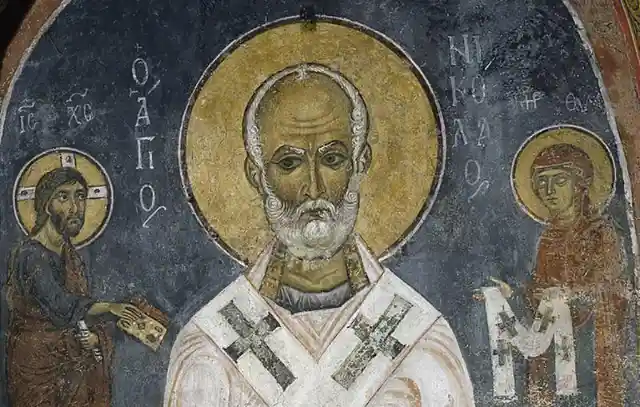
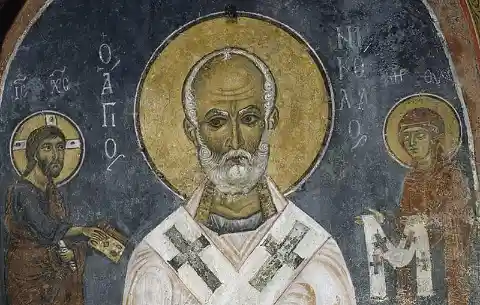
Believe it or not, St. Nicholas was actually a real person – a Christian Saint from Turkey also known as Nikolaos of Myra, as a matter of fact. During his life, he gained a reputation of being extremely generous and would occasionally give gifts, leaving them outside of houses for them to be discovered the next morning. Thus, the holiday of Christmas was born. However, the jolly old St. Nicholas that we have come to know today is certainly not the man who lived back in the 4th century.
The Santa Clause that is known worldwide today is nothing like the real thing. As stated previously, St. Nicholas was originally from Turkey, meaning that he would have had a darker complexion than the white version that is advertised now. Though the truth of St. Nicholas’ looks differ greatly from the current fabrication, one thing the West did get right was his beard.
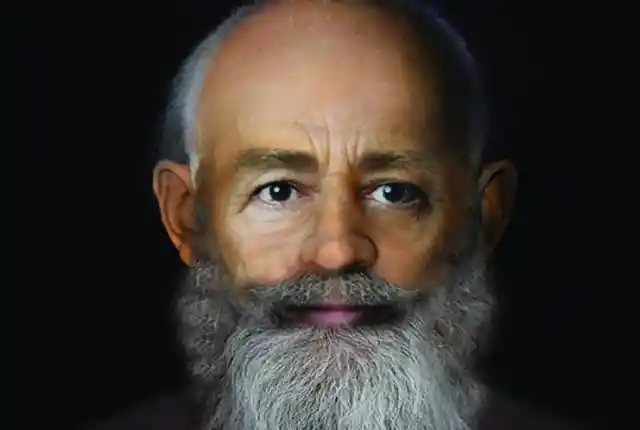
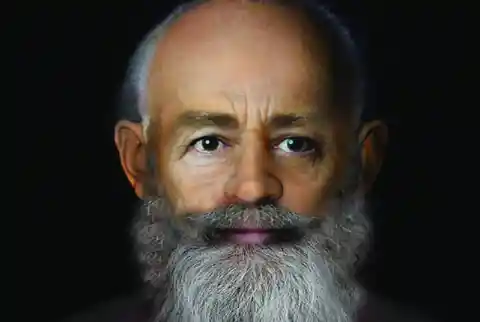
The Santa Clause that is known worldwide today is nothing like the real thing. As stated previously, St. Nicholas was originally from Turkey, meaning that he would have had a darker complexion than the white version that is advertised now. Though the truth of St. Nicholas’ looks differ greatly from the current fabrication, one thing the West did get right was his beard.
Giovanni Battista Sidotti became an Apostolic missionary in Japan where he preached the Bible. During that time, preaching Christianity was extremely dangerous. Sidotti thought that a clever way around this was to disguise himself as a samurai. Sadly, the attempt failed and he was captured by the Japanese. He was imprisoned and later killed in 1714, becoming a martyr in the Christian faith. To this day, Sidotti is regarded as “the last missionary”.
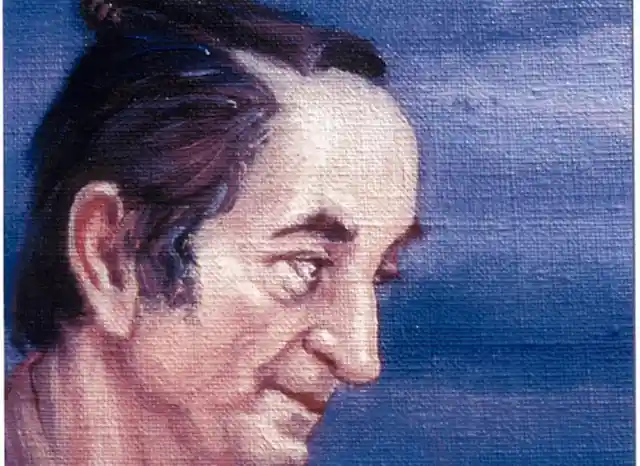
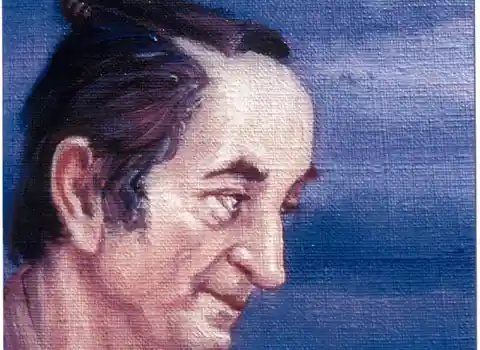
Giovanni Battista Sidotti became an Apostolic missionary in Japan where he preached the Bible. During that time, preaching Christianity was extremely dangerous. Sidotti thought that a clever way around this was to disguise himself as a samurai. Sadly, the attempt failed and he was captured by the Japanese. He was imprisoned and later killed in 1714, becoming a martyr in the Christian faith. To this day, Sidotti is regarded as “the last missionary”.
During an excavation project, which cost about 2 million yen, Sidotti’s body was discovered relatively intact. The only flaw was that his skull was damaged. Nevertheless, there was more than enough material for the forensic department to create an accurate depiction of Sidotti. The likeness, they claim, is astonishingly close to his true likeness.
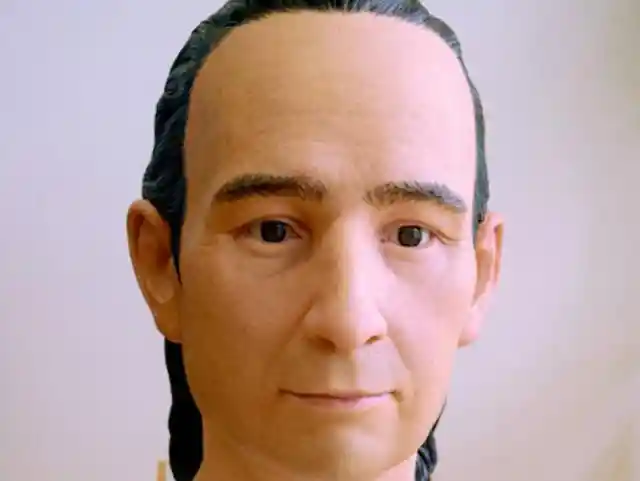
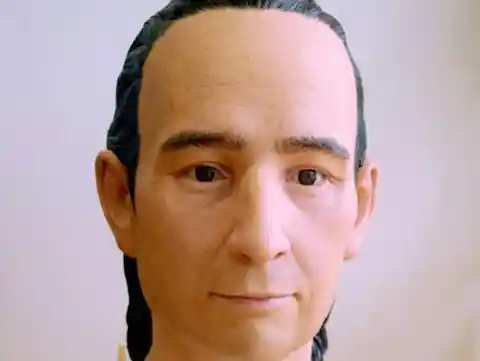
During an excavation project, which cost about 2 million yen, Sidotti’s body was discovered relatively intact. The only flaw was that his skull was damaged. Nevertheless, there was more than enough material for the forensic department to create an accurate depiction of Sidotti. The likeness, they claim, is astonishingly close to his true likeness.
A tomb site was excavated in 2015 near the ancient city of Pylos in Greece. The tomb, later to be called the Griffon Warrior Tomb, was discovered to be from the Bronze Age, dating around 1450 BC. The grave was discovered by a research team sponsored by the University of Cincinnati and led by husband-and-wife archaeologist Jack L. Davis and Sharon Stocker. The tomb has later been named the most important discovery in 65 years of the Greek Ministry of Culture. The identity of the man that they discovered is unknown, but the evidence left in his tomb, such as weapons and jewelry, led researchers to believe that he might have been a Mycenaean warrior or priest.
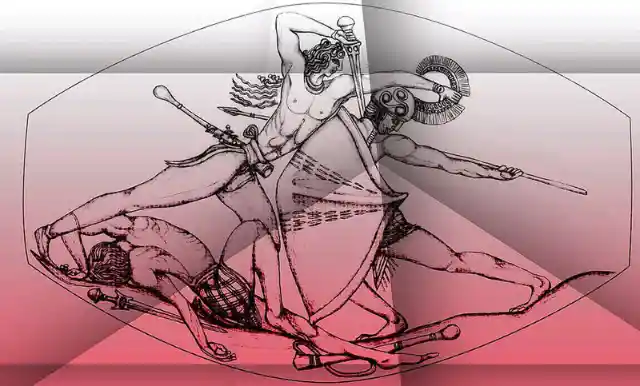
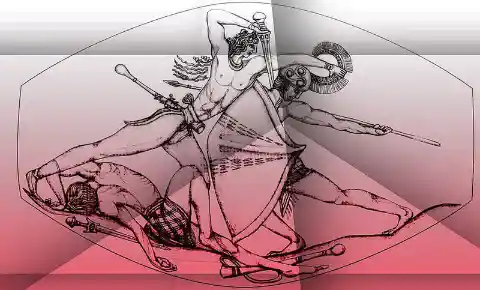
A tomb site was excavated in 2015 near the ancient city of Pylos in Greece. The tomb, later to be called the Griffon Warrior Tomb, was discovered to be from the Bronze Age, dating around 1450 BC. The grave was discovered by a research team sponsored by the University of Cincinnati and led by husband-and-wife archaeologist Jack L. Davis and Sharon Stocker. The tomb has later been named the most important discovery in 65 years of the Greek Ministry of Culture. The identity of the man that they discovered is unknown, but the evidence left in his tomb, such as weapons and jewelry, led researchers to believe that he might have been a Mycenaean warrior or priest.
It was estimated that the Griffon Warrior was about five inches tall and that he had long hair, considering the number of combs that was in his tomb. The most important piece to the puzzle of revealing what the Griffon Warrior truly looked like was his skill, which psychical anthropologist Lynne Schepartz and Tobias Houlton from the University of the Witwatersrand used to create a digital interpretation of his face. Their work is what is seen here, prominent jaw and all.
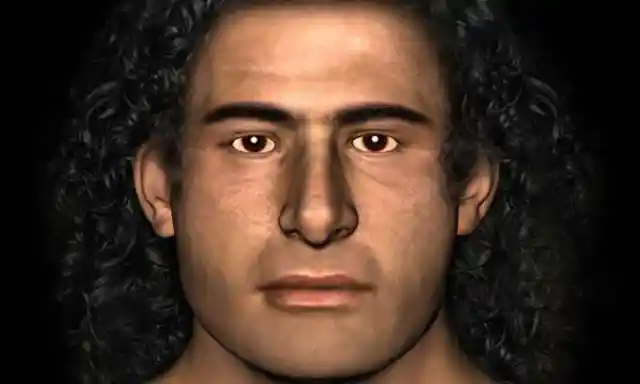
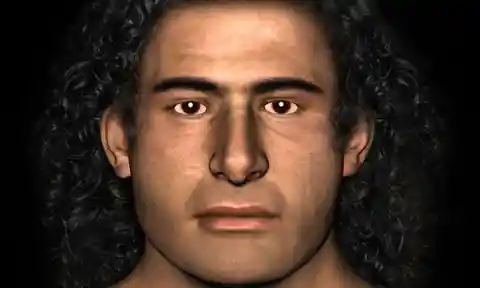
It was estimated that the Griffon Warrior was about five inches tall and that he had long hair, considering the number of combs that was in his tomb. The most important piece to the puzzle of revealing what the Griffon Warrior truly looked like was his skill, which psychical anthropologist Lynne Schepartz and Tobias Houlton from the University of the Witwatersrand used to create a digital interpretation of his face. Their work is what is seen here, prominent jaw and all.
Dante Alighieri has gone down in history as one of the most influential Italian poets during the Late Middle Ages. His most famous work is "The Divine Comedy", which is an epic poem that essentially goes through all the stages of Heaven and Hell. Alighieri was also a philosopher, who was highly respected and has many ideals that remain relevant to this day. He passed at the age of 56 in 1321, leaving the world to wonder how the famed poet really looked in his glory days.
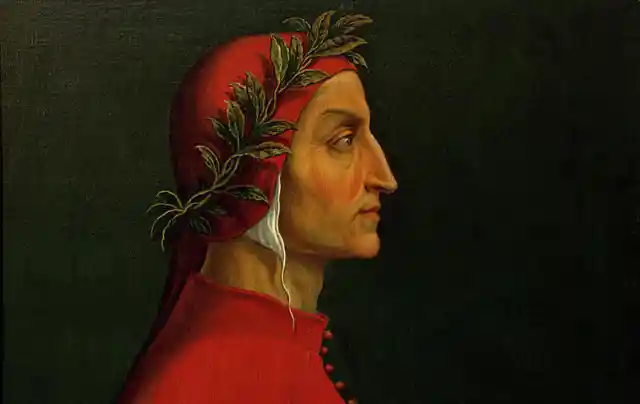
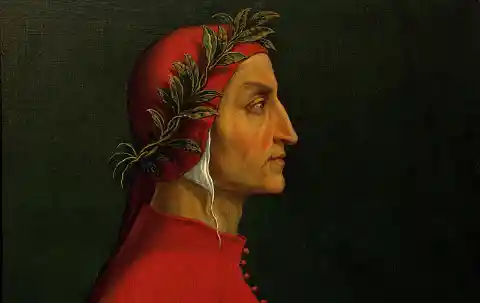
Dante Alighieri has gone down in history as one of the most influential Italian poets during the Late Middle Ages. His most famous work is "The Divine Comedy", which is an epic poem that essentially goes through all the stages of Heaven and Hell. Alighieri was also a philosopher, who was highly respected and has many ideals that remain relevant to this day. He passed at the age of 56 in 1321, leaving the world to wonder how the famed poet really looked in his glory days.
Dante’s likeness began construction by first taking measurements of his skill back in 1920. Since then, after compiling many depictions of him throughout history, researchers have rendered this CGI image. Dante still maintains his famed stern face and hooked nose, but the CGI gave him bigger eyes and a more rounded jaw, which is unlike his portraits.
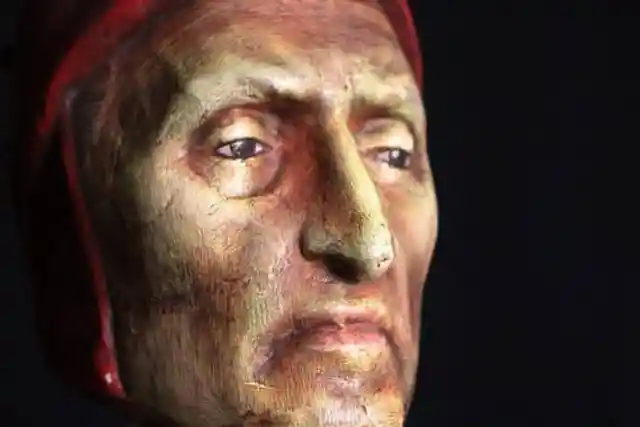
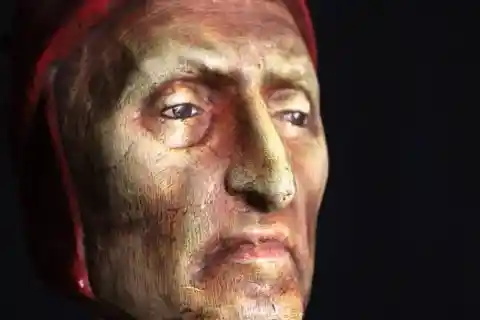
Dante’s likeness began construction by first taking measurements of his skill back in 1920. Since then, after compiling many depictions of him throughout history, researchers have rendered this CGI image. Dante still maintains his famed stern face and hooked nose, but the CGI gave him bigger eyes and a more rounded jaw, which is unlike his portraits.